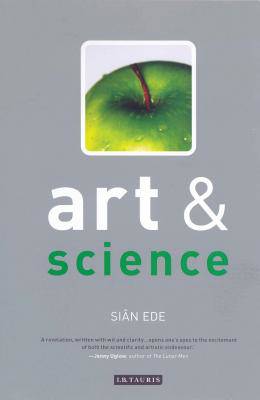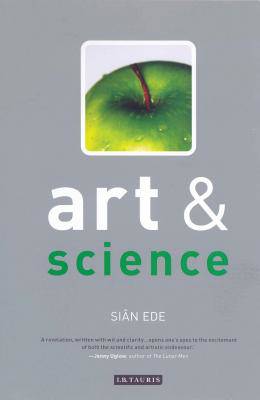
- Afhalen na 1 uur in een winkel met voorraad
- Gratis thuislevering in België vanaf € 30
- Ruim aanbod met 7 miljoen producten
- Afhalen na 1 uur in een winkel met voorraad
- Gratis thuislevering in België vanaf € 30
- Ruim aanbod met 7 miljoen producten
Zoeken
Omschrijving
Is science the new art? Scientists weave incredible stories, invent wild hypotheses and ask difficult questions about the meaning of life. They have insights into the workings of our bodies and minds which challenge the myths we make about our identities and selves. They create visual images, models and scenarios that are gruesome, baffling or beguiling. They say and do things that are ethically and politically shocking. Contemporary scientists frequently talk about 'beauty' and 'elegance'; artists hardly ever do. While demonstrating how science is affecting the creation and interpretation of contemporary art, this book proposes that artistic insights are as important on their own terms as those in science and that we can and should accommodate both forms of knowledge.
Featuring the work of artists such as Damien Hirst, Christine Borland, Bill Viola and Helen Chadwick, and art-science collaborative ventures involving Dorothy Cross, Eduardo Kac and Stelarc, it looks at the way new scientific explanations for the nature of human consciousness can influence our interpretation of art, at the squeamish interventions being produced by artists relishing in new technologies and at art which takes on the dangers facing the fragile environment. Seeing the world from the other point of view can inform the practice of both sides - this book will provide new insights to artists, scientists and the wider public.
Featuring the work of artists such as Damien Hirst, Christine Borland, Bill Viola and Helen Chadwick, and art-science collaborative ventures involving Dorothy Cross, Eduardo Kac and Stelarc, it looks at the way new scientific explanations for the nature of human consciousness can influence our interpretation of art, at the squeamish interventions being produced by artists relishing in new technologies and at art which takes on the dangers facing the fragile environment. Seeing the world from the other point of view can inform the practice of both sides - this book will provide new insights to artists, scientists and the wider public.
Specificaties
Betrokkenen
- Auteur(s):
- Uitgeverij:
Inhoud
- Aantal bladzijden:
- 224
- Taal:
- Engels
- Reeks:
Eigenschappen
- Productcode (EAN):
- 9781850435846
- Verschijningsdatum:
- 1/07/2005
- Uitvoering:
- Paperback
- Formaat:
- Trade paperback (VS)
- Afmetingen:
- 134 mm x 225 mm
- Gewicht:
- 417 g

Alleen bij Standaard Boekhandel
+ 70 punten op je klantenkaart van Standaard Boekhandel
Beoordelingen
We publiceren alleen reviews die voldoen aan de voorwaarden voor reviews. Bekijk onze voorwaarden voor reviews.








